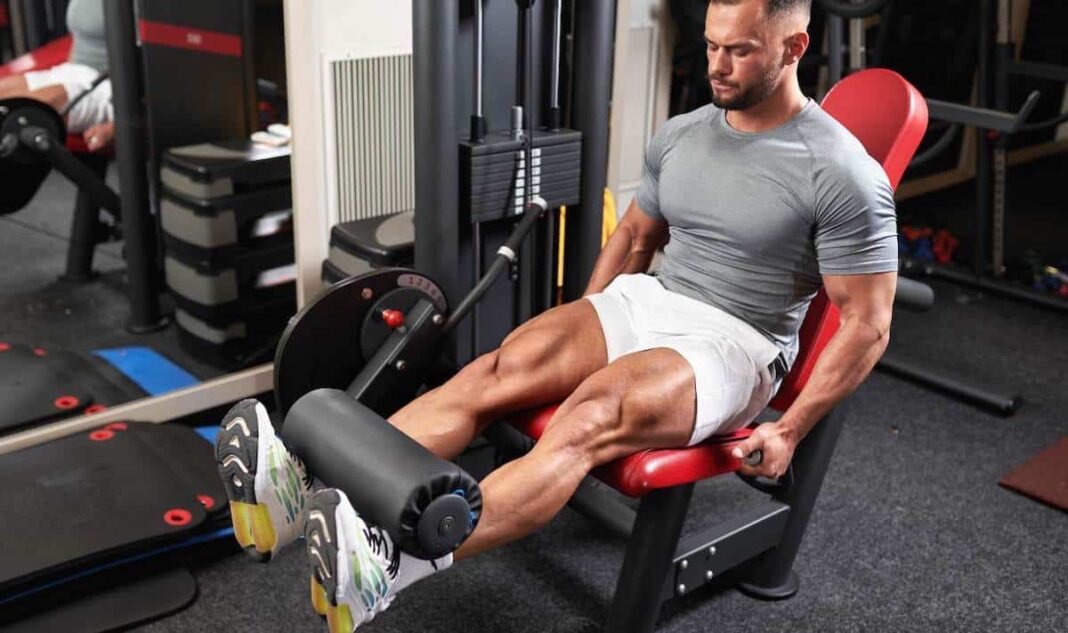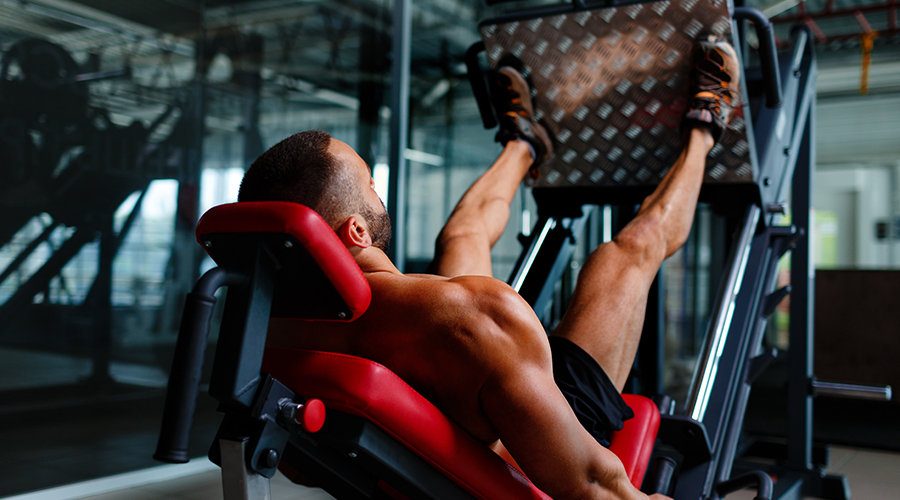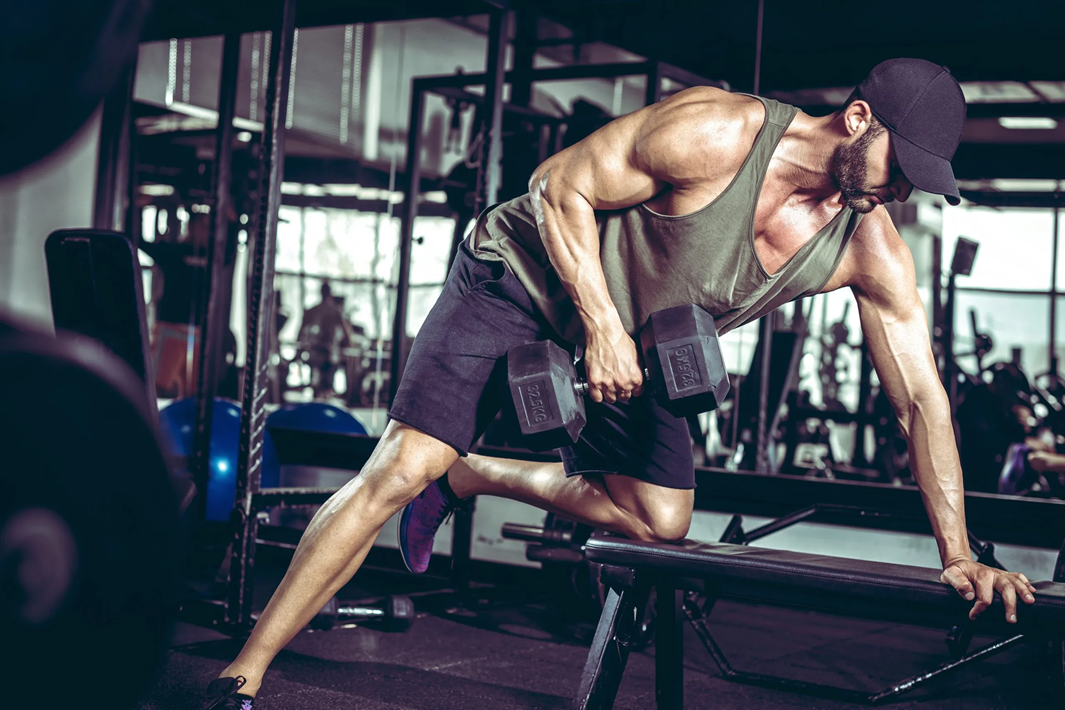Push/Pull/Legs Split: The Best Muscle-Building Routine?
The push/pull/legs (PPL) split is one of the most effective, scalable, and widely used training routines in the bodybuilding and strength community. It’s favored by beginners, intermediates, and elite lifters alike for one simple reason: it works.
But is it the best way to build muscle?
In this guide, you’ll learn:
- What the push/pull/legs split is
- Why it’s popular for hypertrophy
- How to structure it (3, 4, 6 days/week)
- Pros, cons, and real-world templates
- Who it’s best suited for—and when to move on
What Is the Push/Pull/Legs Split?
The push/pull/legs split divides your workouts by movement pattern and muscle group:
🔹 Push Day
Muscles: Chest, Shoulders, Triceps
Movements: Bench press, overhead press, dips, pushdowns
🔹 Pull Day
Muscles: Back, Biceps, Rear Delts
Movements: Rows, pull-ups, curls, face pulls
🔹 Leg Day
Muscles: Quads, Hamstrings, Glutes, Calves
Movements: Squats, RDLs, leg presses, lunges, calf raises
This structure allows you to hit complementary muscle groups together, recover efficiently, and scale your training to 3, 4, or 6 days per week.
Why Is the PPL Split So Popular?
✅ 1. Simple and Logical
You train muscles that work together in real lifts. Pressing hits chest, shoulders, and triceps. Pulling hits lats, traps, and biceps. Squatting? That’s all legs.
✅ 2. Easy to Recover From
Each muscle group gets at least 48–72 hours to recover, depending on your schedule.
✅ 3. Flexible Scheduling
You can run it 3 days/week (one full cycle), 6 days/week (twice through), or something in between.
✅ 4. Perfect for Hypertrophy
You can program moderate to high volume, train each muscle 2x/week, and vary rep ranges based on your goal (strength vs size).
Sample Push/Pull/Legs Workout (3-Day Version)
Ideal for busy lifters or those new to structured routines.
🔹 Day 1 – Push
- Barbell Bench Press – 4 x 6–8
- Seated Dumbbell Press – 3 x 10
- Incline Dumbbell Press – 3 x 10
- Cable Lateral Raises – 3 x 15
- Rope Triceps Pushdown – 3 x 15
🔹 Day 2 – Pull
- Pull-Ups or Lat Pulldown – 4 x 8–10
- Barbell Row – 3 x 10
- Seated Cable Row – 3 x 12
- Dumbbell Curls – 3 x 12
- Face Pulls – 2 x 20
🔹 Day 3 – Legs
- Squat or Leg Press – 4 x 8
- Romanian Deadlift – 3 x 10
- Walking Lunges – 3 x 12 per leg
- Leg Curl Machine – 3 x 15
- Standing Calf Raise – 3 x 20
Scaling the PPL Split: 4, 5, or 6 Days/Week
▶️ 4-Day PPL (Hybrid)
- Mon: Push
- Tue: Pull
- Wed: Off
- Thu: Legs
- Fri: Upper Body Hypertrophy (optional focus day)
- Sat/Sun: Rest
✅ Great balance of volume and recovery
✅ Ideal for recomposition, cutting, or moderate bulking (1)
▶️ 5-Day PPL
- Mon: Push
- Tue: Pull
- Wed: Legs
- Thu: Push (lighter volume)
- Fri: Pull
- Sat/Sun: Rest or optional cardio
✅ Lets you double-up volume on upper body
✅ Rearranges emphasis (common for physique athletes)
▶️ 6-Day PPL (Advanced Routine)
- Mon: Push
- Tue: Pull
- Wed: Legs
- Thu: Push
- Fri: Pull
- Sat: Legs
- Sun: Rest
✅ Maximizes frequency and volume
✅ Best for lifters with strong recovery and calorie intake
❌ Can lead to burnout without proper deloading
Who Is the PPL Split Best For?
🟢 Beginners:
A 3-day PPL introduces structure and full-body coverage each week without overtraining.
🔵 Intermediates:
The 4–5 day versions allow more volume and progression with excellent recovery built in.
🔴 Advanced Lifters:
6-day PPL works well for advanced lifters during bulking or specialization phases—especially when paired with progressive overload and recovery protocols.
Tips to Maximize Gains on the PPL Split
- Keep Compound Movements First
Start workouts with squats, presses, pulls, or rows. Isolation can come after you’ve taxed the big movers.
- Train Each Lift with Purpose
Use different rep ranges:
- Strength: 4–6 reps
- Hypertrophy: 8–12 reps
- Isolation/Pump: 12–20 reps
- Don’t Neglect Rear Delts and Traps
Include face pulls, reverse flys, and shrugs in your pull days. Most lifters skip this and end up with flat backs and shoulder issues.
- Rotate Rep Ranges and Movements
Change your secondary lifts every 4–6 weeks to prevent adaptation and target all angles of the muscle.
Common Mistakes on PPL
❌ Doing Too Much, Too Soon
Jumping into 6-day PPL without proper recovery can lead to fatigue, poor lifts, and burnout. Start with 3–4 days and earn the higher frequency.
❌ Ignoring Legs
PPL doesn’t mean you get to skip leg day. It means you commit to it fully once or twice per week. Don’t half-rep your squats or skip RDLs.
❌ Over-isolating Early On
Don’t turn every day into a 90-minute accessory circuit. Prioritize compound movements for the first 2–3 lifts.
How to Progress With the PPL Split
Track:
- Volume (sets x reps x weight)
- Movement progression (e.g., bench press from 225 x 5 → 235 x 5)
- Rep increases (10 reps → 12 reps)
- Strength benchmarks (Pull-up reps, RDL load, etc.)
Deload every 6–8 weeks by reducing intensity and volume to recover and reset.
Final Word: Is PPL the Best Split for Building Muscle?
It’s certainly one of the best.
Why? Because it’s:
- Simple to follow
- Adaptable for any experience level
- Easy to balance volume, intensity, and recovery
- Structured around logical movement patterns
Whether you’re a beginner learning the ropes or an experienced lifter in a bulking phase, Push/Pull/Legs split is a proven system that delivers results when applied with effort and consistency.





